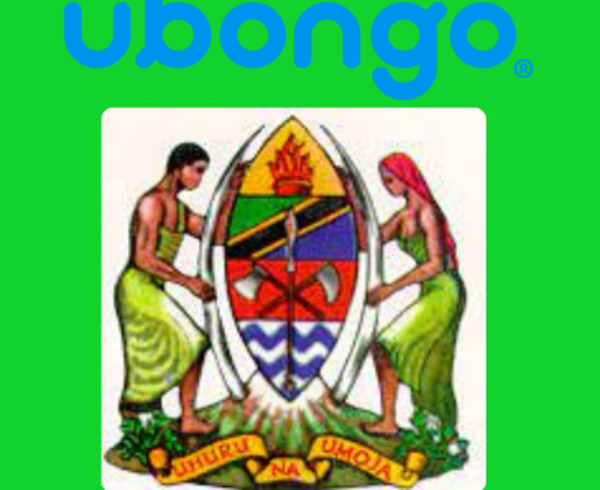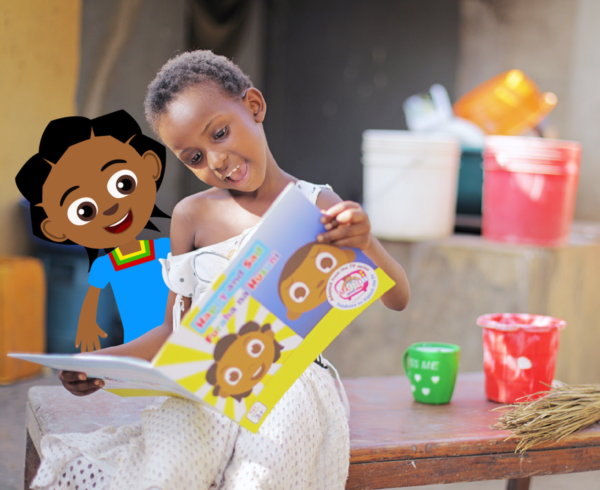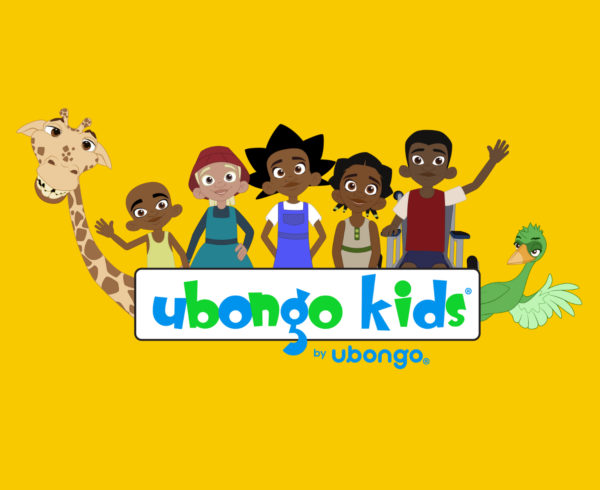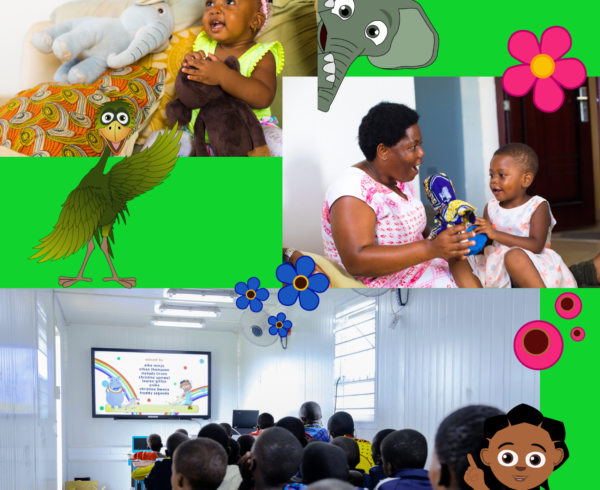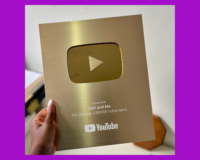In Swahili: “Hakuna gender equality hata Ulaya but kuna gender equity. Kuna baadhi ya kazi zinaendana na jinsia na haziwezi kufanywa kwa usawa au ubora uleule kwa jinsia zote.” Facebook Comment
English Translation: “There is no such thing as gender equality, even in Europe, but there is gender equity. There are some jobs that are better suited for a particular gender and cannot be performed with the same level of effectiveness by all genders.” Facebook Comment
We received this comment from a Facebook user who was responding to a video clip from the episode, ‘Breaking Free’ in Season 4 of Ubongo Kids. In the episode, Kiduchu is upset when their home-economics teacher forces all the girls to take up cooking and the boys to learn carpentry. Kiduchu is interested in woodworks but her teacher firmly tells her that “carpentry is work for boys”. Kiduchu goes on to explain that while boys and girls are different in terms of sex, they are not different in terms of their abilities and should have equal rights and opportunities to pursue whatever they want to do, despite their gender. We asked our Facebook audience if they agreed with Kiduchu’s sentiments and “what did gender equality mean to them?”
We found this comment to be particularly interesting because of its interpretation of gender equity. “There is no such thing as gender equality, even in Europe, but there is gender equity.” This is true. Gender equity is commonly understood as fairness of treatment for men and women according to their respective needs (UNESDOC). It takes into account cultural, political and economic nuances, and also includes implementing measures, programs and strategies to compensate for the social and historical disadvantages women and girls faced and still are subjected to in everyday life. Essentially, for us to one day have gender equality, we need to have gender equity today.
However, the commentator continues by saying, “there are some jobs that are better suited for a particular gender and cannot be performed with the same level of effectiveness by all genders.” So, on the one hand, while it’s good that he acknowledges the importance of gender equity, it’s problematic when gender equity is only understood within the restrictions of established gender norms. Meaning, women and girls deserve certain rights like education, access to health care, and civic engagement, however, these rights shouldn’t challenge pre-existing gender roles. For example, “Yes, women should have the opportunity to get an education and earn an income. But that doesn’t mean that the same women have the capacity to be leaders in the STEM field, or should earn more than their male spouses.”
And the reality is, many people agree with this sentiment. They support some rights for women, but not all.
As a result, many organisations have stopped using the term gender equity because of the dangerous interpretations it may encourage. According to UN Women, “the preferred terminology within the United Nations is gender equality, rather than gender equity. Gender equity denotes an element of interpretation of social justice, usually based on tradition, custom, religion or culture, which is most often to the detriment of women. Such use of equity in relation to the advancement of women has been determined to be unacceptable.”
However, moving away from terminology, how do we get more people to champion gender equality in less restrictive ways?
As creators of children’s media, we work hard to address this challenge in the content we produce. Over the years, we’ve adopted a number of strategies to promote gender equality in our content.
 1. Create characters that people love and trust
1. Create characters that people love and trust
If you are in the back of an Uber in Dar es Salaam and ask the driver about Ubongo Kids, they will quickly tell you about their favourite character from the show – usually Mama Ndege or Uncle T. Parasocial relationships are “a kind of psychological relationship experienced by an audience in their mediated encounters with performers in the mass media, particularly on television.” For example, when viewers get very upset when a character they love gets killed in a show. We’ve created characters that people love, trust and root for, and often, these are the best people (and animals) to model the behaviour or mindset that we’d like our audience to adapt.
2. Focus on the benefits rather than the negatives
While it’s important for people to know the many consequences of gender inequality, it’s also powerful for them to understand the benefits of gender equality. Many people, especially men, believe that equality means that they will suffer in some way. And while losing privilege and sharing power may feel like punishment at a psychological level, the benefits outweigh the temporary discomfort. For example, if women have access to education and formal employment, they will be able to contribute more to the household and finances. Or if women have access to health care, then it reduces the risk of death and diseases, which also impact men. As a result, we always highlight the benefits of gender equality for both male and female characters in our shows. For instance, in ‘Breaking Free’ Koba can openly pursue his love of cooking once the students convince the teacher that they have the right to learn whichever activity they want, despite gender.
3. Teach and model empathy
The conversation about gender equality is very personal for most of us, and it’s often hard to understand each other’s varying perspectives. But finding common ground is an essential step to changing mindsets and ultimately behaviour.
Many people understand empathy as putting yourself in someone else’s shoes. However, empathy is the ability to put yourself in someone else’s shoes as if you were them. We believe that building the capacity for empathy starts in early childhood, and have incorporated socio-emotional learning segments in our preschool show, Akili and Me. Moreover, whenever there is a conflict between characters in our shows, we always model empathetic behaviour and techniques when resolving the drama.
- Utilise imagination to address reality
While our cartoons in many ways mirror the real lived experiences of children in sub-Saharan Africa, they also are a space where the seemingly impossible is possible. Where birds can talk and teach math, and a 4-year-old can be best friends with lions and hippos. The magical worlds we create also allow us to tackle real-life problems in the realm of imagination. For instance, in another episode of Ubongo Kids, “Difficult Decisions”, Kiduchu and the other girls learn to use negotiation skills to change their parent’s mind about chores for boys and girls. We involve children at every stage of our content creation process, and through that, we gain insights about not only their realities but their dreams.
- Think ‘gender transformative’ not just ‘gender-sensitive’
Gender-sensitive content considers gender norms, roles and inequalities but does not necessarily demonstrate action to address them. Whereas gender transformative content tackles discriminatory norms and stereotypes about how different genders are supposed to behave or look. We are committed to the latter.
We co-produced a 3 episode mini-series with the European Union, covering consent, gender rights, and negotiation skills for the girl child. We chose these topics after conducting extensive research with girls to determine which life skills were most important for them to learn to be able to overcome challenges related to gender-based violence and unemployment. Moreover, we’ve also done research with SPRING on the barriers of financial literacy for girls and created episodes that taught saving, earning and budgeting through girl-centred stories.
Media has a big role to play in the fight towards a more balanced world
It’s not a secret that media plays a significant role in reinforcing gender roles and inequality. While we work every day to create media that promotes gender equality, we are a small (yet powerful) piece in the pie of content that families consume. Simply put, we cannot do this alone.
So, going back to the Facebook comment we shared earlier, what would it take to change that commenter’s mind about gender equality?
Maybe you can help us find the answer.



